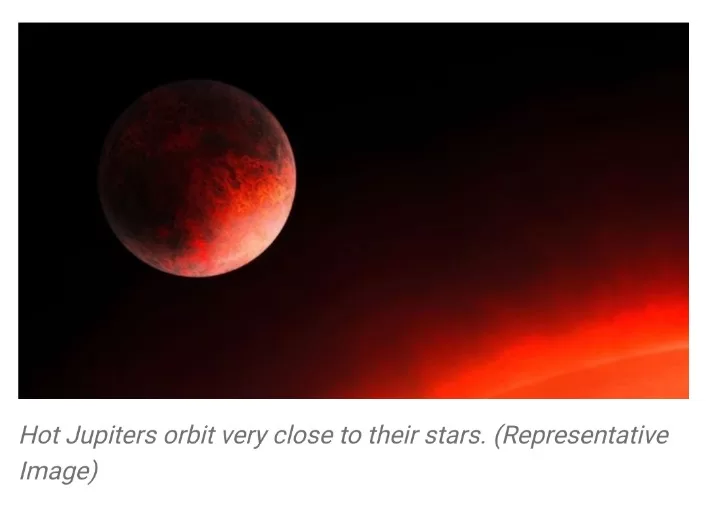In a remarkable discovery, scientists have identified a celestial system located approximately 1,400 light years away, offering a unique opportunity to gain insights into the atmospheres of hot Jupiters and the evolution of planets and stars. Hot Jupiters, exoplanets with characteristics akin to Jupiter but with extremely high surface temperatures due to their close proximity to stars, have long intrigued astrophysicists. However, studying them has been challenging due to the overwhelming glare from their neighboring stars.
This newly identified system comprises two celestial bodies and was discerned through data from the European Southern Observatory’s Very Large Telescope in Chile. Of particular interest in this discovery is a star-orbiting object akin to a hot Jupiter, but with an extraordinarily higher temperature, approximately 2,000 degrees hotter than the surface of the Sun.
Unlike typical hot Jupiters, this object can be closely examined as it surpasses its host star considerably in size. This star is, in fact, 10,000 times fainter than a regular star, making observations of the celestial body feasible.
The binary system itself consists of two ‘dwarfs’: a white dwarf, the residual core of a Sun-like star after its nuclear fuel has been depleted, and a brown dwarf, an entity with mass lying between that of a gas giant such as Jupiter and a diminutive star. Brown dwarfs, sometimes referred to as “failed stars,” possess the density necessary to withstand the gravitational forces exerted by their stellar companions.
Remarkably, the brown dwarf in this particular system demonstrates a phenomenon known as “tidal locking,” where one side of the celestial object perpetually faces the star, resulting in extreme temperature disparities between the two hemispheres. The dayside experiences temperatures ranging from 7,250 to 9,800 Kelvin (approximately 7,000 to 9,500 degrees Celsius), making it hotter than any known giant planet. Conversely, the nightside registers temperatures between 1,300 and 3,000 Kelvin (about 1,000 to 2,700 degrees Celsius).
This groundbreaking discovery presents an exceptional opportunity to investigate the impact of extreme ultraviolet radiation on planetary atmospheres, a factor that holds significant importance in diverse astrophysical environments and can exert profound effects on both stellar and planetary evolution.
In the future, high-resolution spectroscopic observations of this hot Jupiter-like system may unveil the manner in which highly irradiated conditions influence atmospheric structure, further enriching our comprehension of exoplanets scattered throughout the cosmos.







